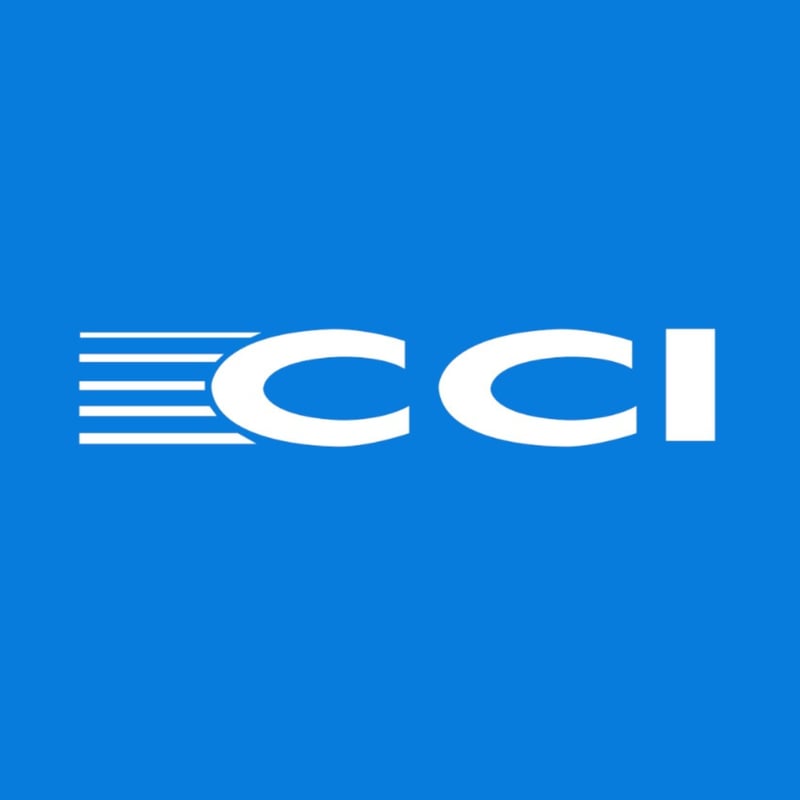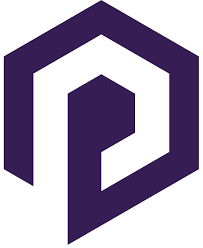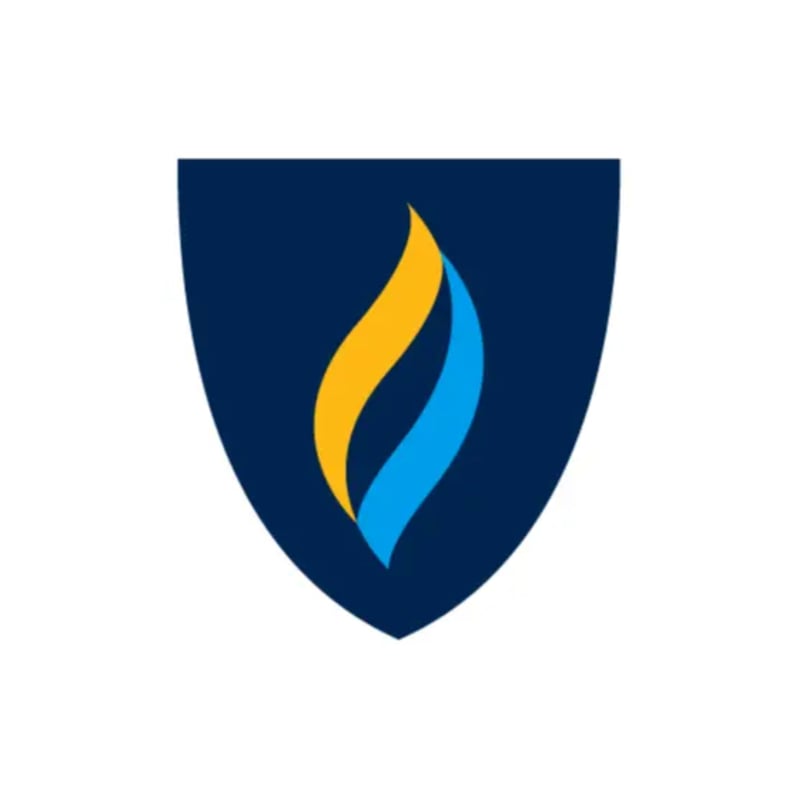Healthcare Operator vs Phlebotomy

Want personalized recommendations?
Let's match you to the right program

In the healthcare industry, there are a variety of vocational training options available for those interested in pursuing a career in patient care. Two popular choices are healthcare operator and phlebotomy. While both professions involve working directly with patients, there are some key differences between the two. In this blog post, we will explore the roles and responsibilities of healthcare operators and phlebotomists, the education and training required for each, and the career outlook and salary potential for individuals in these fields.
Article continues after recommendations
Recommended for you
Introduction
Working in the healthcare industry can be rewarding, with opportunities to make a positive impact on the lives of others. Healthcare operators and phlebotomists play vital roles in patient care, but their responsibilities and skill sets differ. Understanding the differences between these two professions can help individuals make an informed decision about which path is right for them.
What is a Healthcare Operator and Phlebotomy?
Healthcare Operator: A healthcare operator, also known as a medical secretary or medical administrative assistant, is responsible for managing the administrative tasks in a healthcare setting. They work closely with healthcare professionals and patients to ensure the smooth running of the facility. Some of their duties may include:
- Answering phone calls and scheduling appointments
- Managing patient records and updating medical charts
- Greeting and checking in patients
- Processing insurance claims and billing
- Transcribing dictation and preparing medical reports
Phlebotomy: Phlebotomy is the practice of drawing blood from patients for medical testing, transfusions, donations, or research. Phlebotomists are skilled in venipuncture techniques and are responsible for collecting and handling blood samples. Some of their duties may include:
- Identifying patients and verifying their information
- Explaining the procedure to patients and ensuring their comfort
- Selecting appropriate equipment and supplies for blood collection
- Properly labeling and storing blood samples
- Maintaining cleanliness and sterility of equipment and work area
Difference between a Healthcare Operator and Phlebotomy
While both healthcare operators and phlebotomists work in a healthcare setting and interact with patients, there are some key differences in their roles and responsibilities:
- Focus: Healthcare operators primarily handle administrative tasks, while phlebotomists focus on collecting blood samples.
- Patient Interaction: Healthcare operators have more direct patient interaction, as they handle appointment scheduling, patient registration, and insurance processing. Phlebotomists have direct patient contact during blood collection but have less interaction overall.
- Skill Set: Healthcare operators require strong organizational and communication skills, as well as knowledge of medical terminology and computer systems. Phlebotomists must be skilled in venipuncture techniques, maintaining patient comfort during the procedure, and handling blood samples safely.
- Scope of Practice: Healthcare operators' responsibilities extend beyond phlebotomy, while phlebotomists specialize in blood collection and may have limited involvement in other administrative tasks.
Healthcare Operator vs Phlebotomy: Job Description
Healthcare Operator: As a healthcare operator, your main responsibilities will revolve around managing the administrative tasks in a healthcare facility. You will be the first point of contact for patients, ensuring their appointments are scheduled, records are up to date, and insurance claims are processed correctly. Some key job responsibilities may include:
- Answering phone calls and scheduling appointments
- Greeting and checking in patients
- Managing patient records and updating medical charts
- Processing insurance claims and billing
- Transcribing dictation and preparing medical reports
Phlebotomy: As a phlebotomist, your main responsibility will be to collect blood samples from patients for medical testing, transfusions, donations, or research. You will need to ensure patient comfort during the procedure and handle blood samples safely. Some key job responsibilities may include:
- Identifying patients and verifying their information
- Explaining the procedure to patients and ensuring their comfort
- Selecting appropriate equipment and supplies for blood collection
- Properly labeling and storing blood samples
- Maintaining cleanliness and sterility of equipment and work area
Get courses selected just for you
Try our powerful search engine
Article continues after recommendations
More recommendations for you
Healthcare Operator vs Phlebotomy: Education and Training
Healthcare Operator: To become a healthcare operator, you typically need a high school diploma or equivalent. However, some employers may prefer candidates with additional training, such as a certificate or associate degree in medical office administration. This training can provide you with the necessary skills and knowledge to excel in the role, including medical terminology, computer systems, and customer service.
Phlebotomy: To become a phlebotomist, you will need to complete a phlebotomy training program. These programs are often offered at community colleges or vocational schools and can range from a few weeks to several months in duration. During the training, you will learn about venipuncture techniques, blood collection procedures, safety protocols, and medical terminology. Some states may also require phlebotomists to be certified or licensed.
Healthcare Operator vs Phlebotomy: Career Outlook and Salary
Healthcare Operator: According to the Bureau of Labor Statistics (BLS), the employment of medical secretaries, including healthcare operators, is projected to grow 10 percent from 2019 to 2029, which is much faster than the average for all occupations. The increasing demand for healthcare services and the need for administrative support in healthcare facilities contribute to this growth. As of May 2020, the median annual wage for medical secretaries was $36,580.
Phlebotomy: The BLS does not provide specific data for phlebotomists, but they fall under the broader category of medical and clinical laboratory technologists and technicians. The employment of these professionals is projected to grow 7 percent from 2019 to 2029. The demand for medical testing and research, as well as an aging population, contribute to this growth. As of May 2020, the median annual wage for medical and clinical laboratory technologists and technicians was $54,180.
Final Thoughts
Both healthcare operators and phlebotomists play important roles in the healthcare industry. While healthcare operators focus on administrative tasks and patient management, phlebotomists specialize in blood collection. The choice between these two professions depends on individual preferences and career goals. Consider your interests, skills, and desired level of patient interaction when deciding which path to pursue.
Discover Dreambound's programs, conveniently offered in various locations. Find out more about these two vocations by visiting:

Jessa Guzon is a member of the School Growth and Customer Success Team in Dreambound. She finds joy in assisting both schools and students in reaching their goals by answering their queries and connecting them with the right people. Outside her professional role, Jessa is a happy-go-lucky person with a thirst for adventure.





